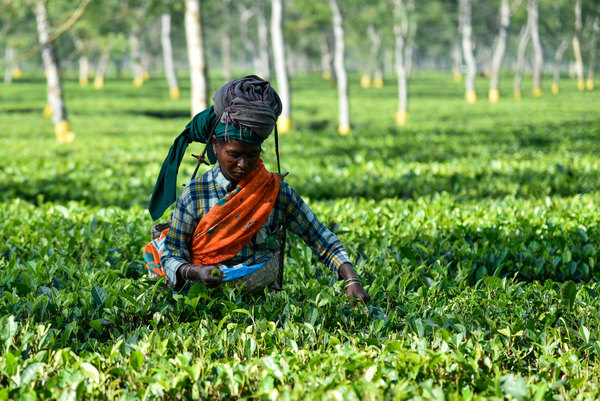The joys of biological containment
The foot and mouth disease outbreak near Pirbright in the UK and the associated issues of biological containment have brought back for me the time I spent working in a (different) biological containment lab >10 years ago. What did we do to contain the organism?
Highlighting the use of evidence
I spotted this blog article on Friday morning and sent it on to one of my colleagues, and soon it was sent around all the blog team here at CABI. This whole topic of the use of an icon/logo to highlight the use of peer-reviewed evidence has caused a great deal of discussion and a…
Biosecurity: who will guard the guardians?
The recent outbreak of foot and mouth disease in UK, possibly from a neighbouring laboratory working on vaccines for the disease, has raised the question of biosecurity in micro-organism research and the risks to the health of people, animals and plants. The Initial report on potential breaches of biosecurity at the Pirbright site 2007, by…
A parasite that affects the mind
A colleague recently drew my attention to a study1 entitled ‘Is Toxoplasma gondii a potential risk for traffic accidents in Turkey?’; it appears that it is, which lends support to the idea that it is a more significant public health problem than it is often thought to be. T. gondii is a protozoan parasite whose…
Foot and mouth: back again?
As soon as I heard the news on Saturday (4 August) that foot and mouth disease had returned to the UK, being found in a herd of cattle near to Guilford, I thought “That’s suspiciously close to the Pirbright Laboratory.” The Institute of Animal Health (IAH) has for a long time been a world centre…
What are my chances of catching an interesting parasite?
For most of the time that I have worked at CABI I have dealt, among other things, with articles on parasitology, and reading about some of the things that can be caught from undercooked meat or fish has made me tend to avoid it. However, on a recent holiday on the Trans-Siberian railway I stopped…
Report Warns of MRSA in Farm Animals
The UK’s Soil Association is calling for live farm animals and imported meat to be tested for MRSA following reports of the ‘superbug’ in livestock in Europe, particularly the Netherlands. Research published this week [1] by the environmental charity says that a new strain of methicillin-resistant Staphylococcus aureus (MRSA) has developed amongst intensively farmed pigs,…
Glycerol, a Byproduct of the Biodiesel Industry, in Livestock Feeds
The rapid growth of ethanol and biodiesel production in the United States and elsewhere has raised questions about possible uses for the byproducts of this industry. To date the use of ethanol byproducts, in particular distillers’ dried grains with solubles, in animal feed has received much attention. The burgeoning biodiesel industry on the other hand,…
Melamine contamination is spreading to meat and fish supplies
Melamine contamination of pet food in North America is more than two months old story now, but the end of crisis is still nowhere in sight. Thousands of dogs and cats that have eaten contaminated foods have suffered kidney problems or died, although there are somewhat conflicting reports as to the actual numbers of pets…
Hunting both animals and plants
Many people are aware of the negative effects of hunting on the species that are being hunted, especially on large-bodied, slow-reproducing forest vertebrates, but have you ever considered the knock-on effects on the plant community in those same ecosystems? The latest issue of Biotropica (vol. 39, no. 3) features a special section on the ‘Pervasive…


